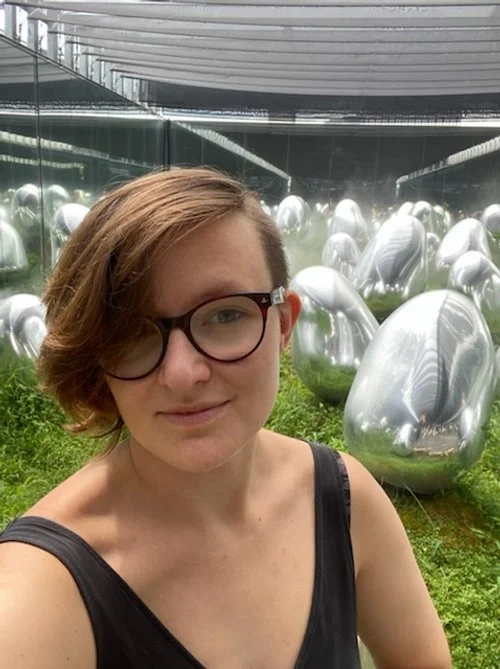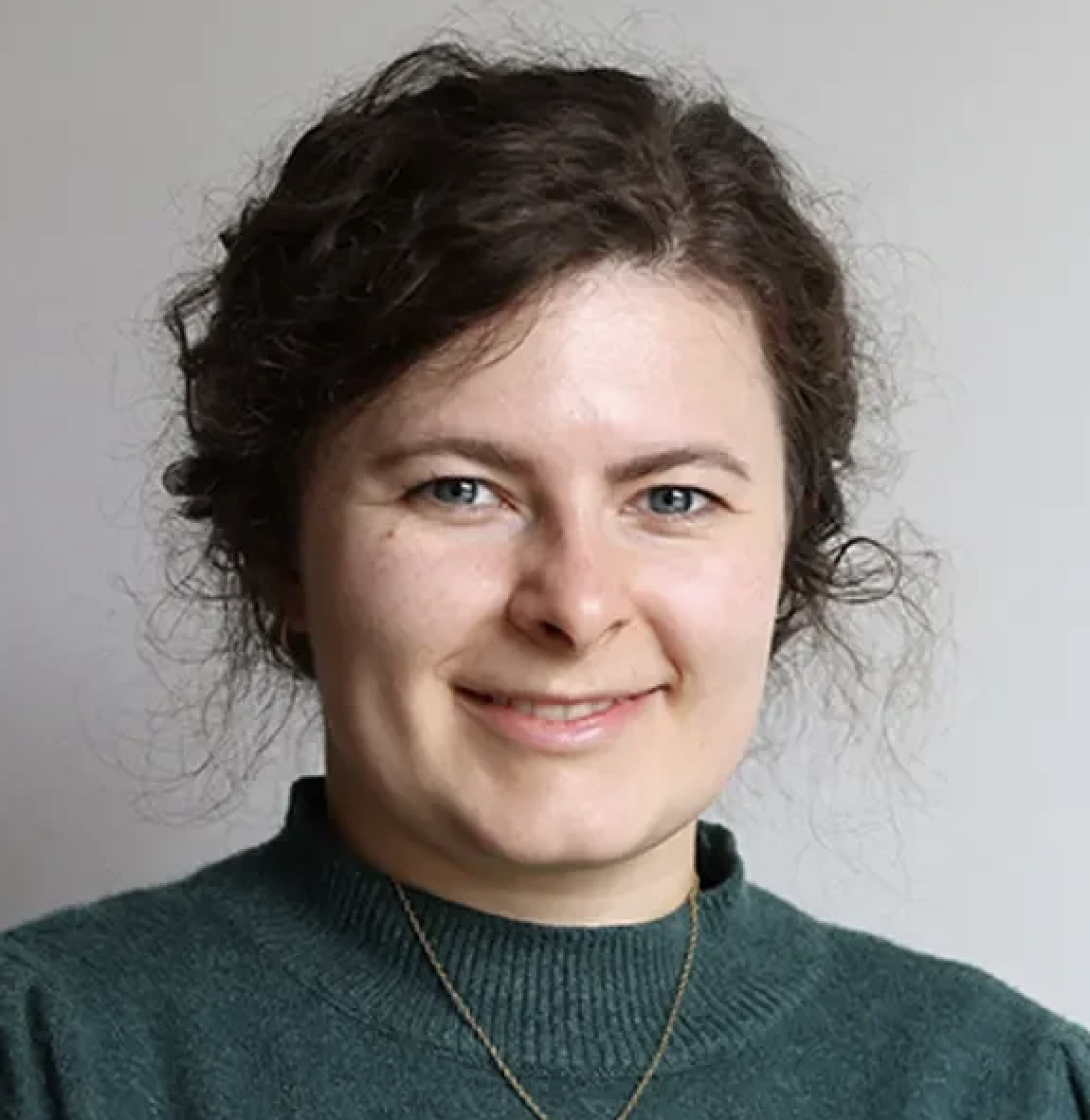Different perspectives on soft matter
It was important for the organising group to present different perspectives on soft matter research; in order to give participants insights into instrumentation, sample environments and new applications. The organising group also strived for variety, as the soft matter field is very broad, including materials such as colloids, polymers, foams, gels, granular materials, liquid crystals, and so on.
– The programme worked very well! We had a number of questions after each talk, and in the coffee breaks, people came up to the presenters for more detailed discussions, says Sophie Ayscough.
Jennifer Gilbert, who also helped organise the event, agrees, and adds that it was good that the presenters not only spoke about what techniques they had used, but also gave reasons as to why they had used them and what results they had yielded. Within the area, sample preparation, and data analysis are also important aspects, in dire need of more scientific discussions.
– In this setting it is allowed to actually ask: how difficult will this be to attempt in my own research? Would you advise me to try it? Or can you explain this in more detail? At a regular conference, you would not be as comfortable to do this, says Jennifer Gilbert, postdoctoral research fellow at Chemical Biology, Life Sciences, Chalmers University of Technology.
They both highlight how the geographical spread of the researchers greatly added to the event: people came from Sweden, Denmark, France, Brazil and the UK.
– As an organiser, it is great to see how people, by the end of the day, find each other based on research interests, and start forging connections. This is what it is all about! says Sophie Ayscough.
Facilitating the use of scattering techniques
Both Sophie and Jennifer are motivated to engage early career researchers since they note that the scattering community is quite close-knit. Scattering techniques are difficult techniques to learn, making the entry barrier to usage high.
– Since it is a very technical field, I think it is important to make the area more approachable. With this event, we wanted to give people a softer introduction, and help create a network of people who are working on similar things, says Sophie Ayscough.
– Discussing your approaches with others is really useful to help you understand your data. Having peers to connect with who understand not just your science, but also the experience of being a PhD student is important, she adds.
Sophie Ayscough and Jennifer Gilbert also note that this is the exact feedback that they have received afterwards: people mention how they have enjoyed the opportunity to meet new people, build networks, and approach more senior young researchers.
LINXS is an optimal place to host Young Researchers’ Initiatives
They both agree that LINXS is a great platform to host the Young Researchers’ Initiatives – since it offers young researchers the possibility to organise international events and to invite speakers from different facilities and universities.
For next year’s event on soft matter, they intend to keep the setup the same: inviting people for just one day ensures that most researchers can make space in their calendar to meet. The poster presentation will also stay in its current format, since it is a great opportunity for participants to present their science to each other.
– It ended up being a successes the last two times, and the feedback has been good. Based on that we will organise something similar next time, says Jennifer Gilbert.
Read more about the Young Researchers’ Initiatives on Soft Matter























